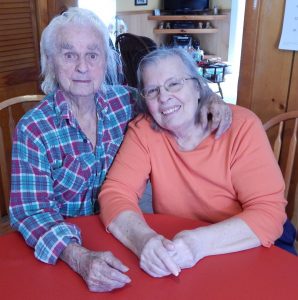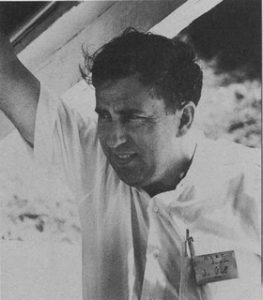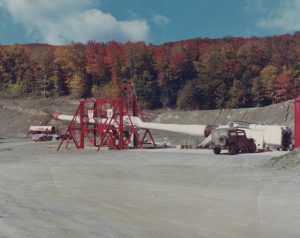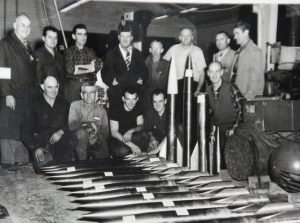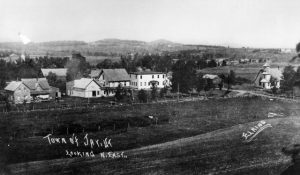A year ago August 8th, thousands of people gathered in Brownington to watch an amazing historical reenactment. Oxen owners—“teamsters”—and their oxen (totaling 44 of the four-legged beasts) took part in the event. They, along with the immense assistance of modern technology, moved what was once the Orleans County Grammar School one-third of a mile up the Hinman Settler Road to where it was built in 1823. The event was spearheaded by the folks at the Old Stone House Museum and the Orleans County Historical Society. The Old Stone House recently released this video of the event.
Come to Old Stone House Day this Sunday the 13th from 10-4 to see the oxen who lead the building home, and celebrate the grand opening of the Grammar School!!
